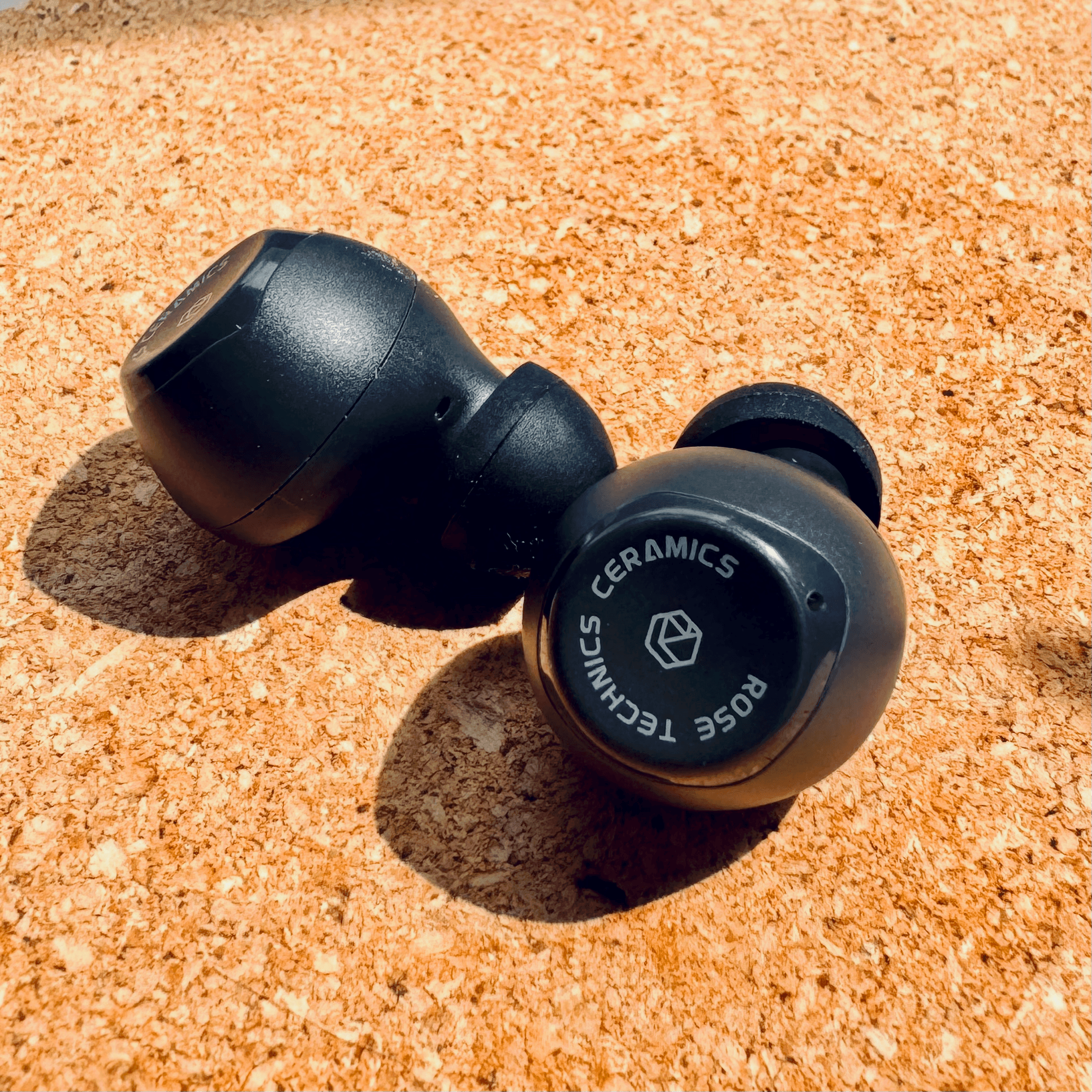Ceramicsvs.Gate
Sound & Specs Comparison
Information
Both IEMs are widely regarded in the audiophile community. See how they differ in terms of sub-bass response, upper mids, clarity, and overall tonality. Spider charts and rating breakdowns included.
Objective Comparison
Facts, details, stuff.
| General Info | Ceramics | Gate |
|---|---|---|
| Brand | ROSESELSA ( Rose Technics ) | Truthear |
| Country | – | China |
| IEM Description | – | – |
| Price Level | n/a | < 100 |
| Housing & Driver | ||
|---|---|---|
| Driver Config | – | Single Dyn. Driver |
| Driver Types | – | Dynamic Driver |
| Shell Material | – | – |
| Cable | – | – |
| Technical | ||
|---|---|---|
| Freq Range | – | – |
| Impedance (Ω) | – | – |
| Sensitivity (dB) | – | – |
| Crossover | – | – |
| Platform Info | ||
|---|---|---|
| Comments | 1 | 1 |
| Visit Count | 6 | 31 |
| External Reviews | 0 | 0 |
Meta Ratings
Compared to Ceramics, Gate creates a notably wider and deeper soundstage, giving each instrument more space and depth. For comfort fit, It performs vastly better (7.5 vs 1.5). The tactile feel and solidity of It suggest immensely greater robustness and longevity compared to the more fragile impression left by Ceramics. It’s bundled components feel materially more premium, suggesting a stronger focus on user satisfaction and long-term value.
| Ceramics | Gate | |
|---|---|---|
| Sound | 1.5 | 4.0 |
| Comfort Fit | 1.5 | 7.5 |
| Build Quality | 1.0 | 5.5 |
| Stock Cable | – | 5.0 |
| Accessories | 1.0 | 4.5 |
Sound Characteristics
Gate delivers a deeper and more extended sub-bass, reaching lower frequencies with greater authority than Ceramics (4.5 vs 1). It renders bass with overwhelmingly greater punch and separation, where Ceramics sometimes feels bloated (5 vs 1). The bass in It feels a more physical and textured, with improved rumble and body compared to Ceramics (4.5 vs 1). It achieves a better warmth and coherence in the lower mids, bringing more realism to guitars and cellos (5 vs 1.5). Upper mids are overwhelmingly more resolving and expressive on It, revealing emotion and articulation better than Ceramics (6 vs 1.5). It offers overwhelmingly greater shimmer and nuance in the lower treble, revealing micro-details that Ceramics misses (5.5 vs 1.5). The highest frequencies on It feel overwhelmingly more natural and less rolled-off compared to Ceramics (5 vs 1). It paints a s broader sonic landscape, offering better instrument positioning across the stage (5 vs 2). It extracts low-level details m more effectively, helping subtle nuances emerge clearer than on Ceramics (4.5 vs 2). It organizes musical elements a better across depth, enhancing spatial realism over Ceramics (4.5 vs 1.5). Instruments remain intelligible on It even during busy sections, showing n better handling of masking than Ceramics (4.5 vs 1.5). Notes on It feel overwhelmingly more grounded and weighty, whereas Ceramics can sound thin or hollow (5 vs 0.5). It delivers c stronger slam and physicality, making drums and transients hit harder than Ceramics (4 vs 0.5). It handles sibilant sounds a more gently, with fewer peaks and less sharpness than Ceramics (3.5 vs 0.5). It presents instrument timbre with m more natural coloration, giving a realistic tone that Ceramics lacks (4 vs 1). Across the frequency range, It stays a more consistent in tonal balance, resulting in a smoother listen than Ceramics (3.5 vs 1.5). The grain and surface of instruments are rendered c more vividly by It, while Ceramics feels flatter (3.5 vs 1).
| Ceramics | Gate | |
|---|---|---|
| Sub Bass | 1.0 | 4.5 |
| Bass | 1.0 | 5.0 |
| Bass Feel | 1.0 | 4.5 |
| Lower Mids | 1.5 | 5.0 |
| Upper Mids | 1.5 | 6.0 |
| Lower Treble | 1.5 | 5.5 |
| Upper Treble | 1.0 | 5.0 |
| Sound Stage Width | 2.0 | 5.0 |
| Detail | 2.0 | 4.5 |
| Layering | 1.5 | 4.5 |
| Masking | 1.5 | 4.5 |
| Note Weight | 0.5 | 5.0 |
| Slam | 0.5 | 4.0 |
| Sibilance | 0.5 | 3.5 |
| Timbre Color | 1.0 | 4.0 |
| Tonality | 1.5 | 3.5 |
| Texture | 1.0 | 3.5 |
Tonal Signature
// Nothing to compare yet.
